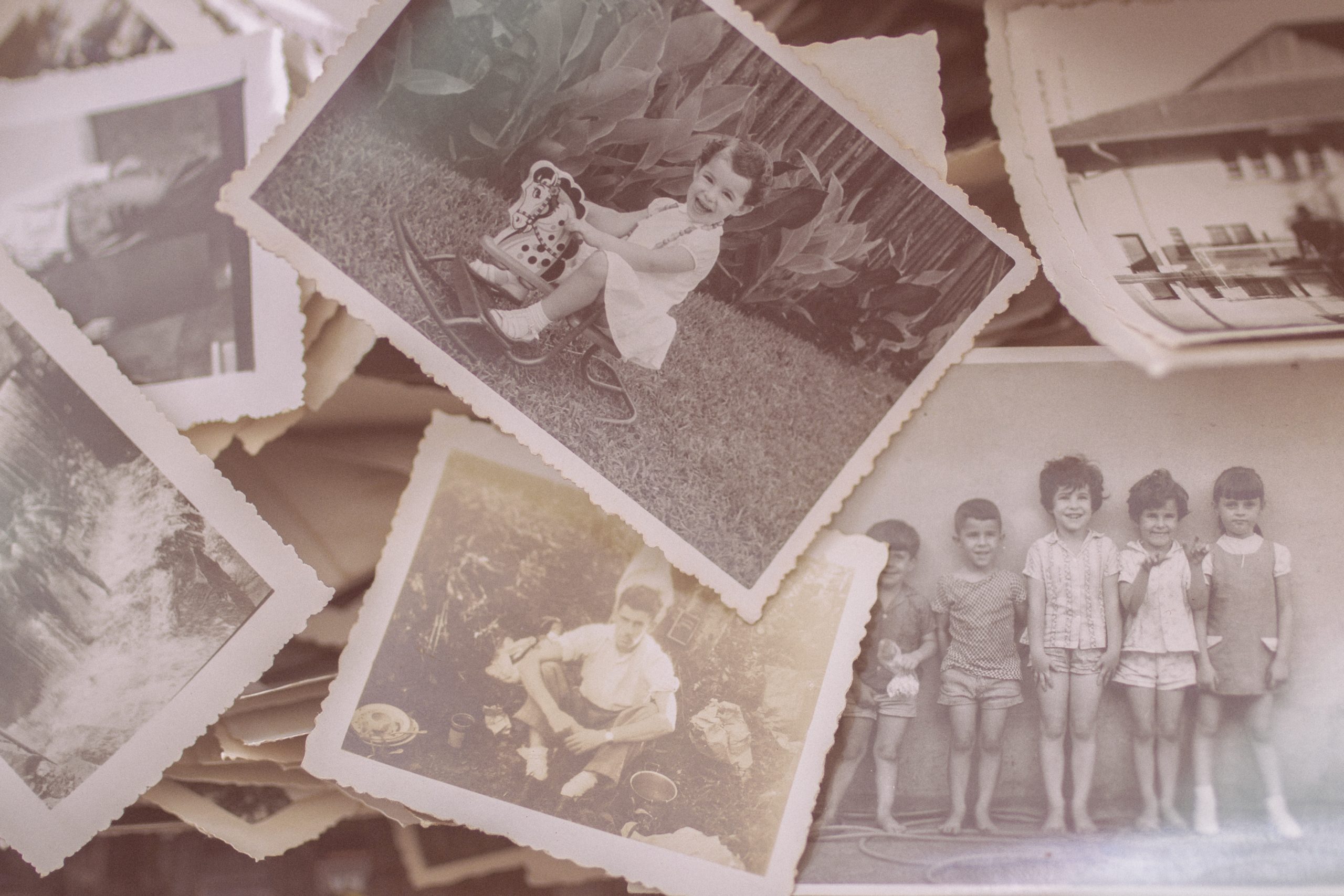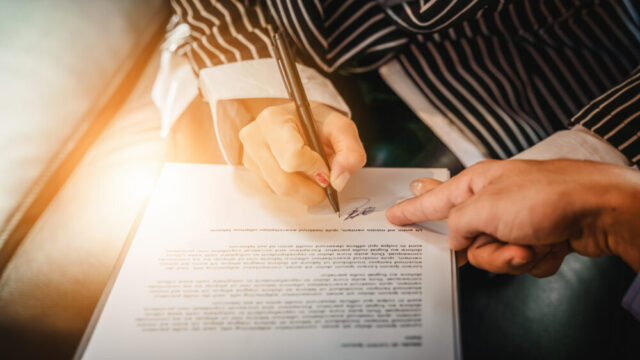There are many different things to remember when creating an estate plan. During this time, people tend to focus heavily on the larger assets they have, such as investments, retirement plans, real estate, etc. However, it is important to remember the smaller assets that have sentimental value as well. This can include jewelry, pictures, antiques, etc. While these items may not have as high of a monetary value, their emotional value is just as important.
When people die without a plan in place for their sentimental assets, it often causes more trouble than larger assets do. This is because loved ones may have emotional attachments to these assets, leading to arguments and sometimes litigation regarding what belongs to whom. By having a set plan, you can avoid any hurt feelings or misunderstandings. Continue reading below and contact an experienced New York estate planning attorney to learn more about how you can prepare these assets for the future.
How do I Distribute Assets Upon my Death?
Many people choose to create a will or trust in order to leave their assets behind to loved ones when their life is over. A will is a document that outlines how you want your assets to be taken care of and distributed in the event of your death. You may also wish to set up a trust for your assets. This gives a third-party the right to manage certain assets on behalf of another beneficiary until they are of a certain age to do so themselves.
What is a Personal Property Memorandum?
While a will or trust can be a great way to leave behind assets to loved ones, it can often be challenging. This is because writing out every asset you have within these documents can become long, exhausting, and difficult to modify in the event that you acquire further assets in your life. It is because of this that there are other options available that provide a more convenient way to leave assets behind. This can include a personal property memorandum.
A personal property memorandum provides instructions to an executor of an estate regarding the distribution of tangible personal property that is not listed in a will or trust. This document can be changed or added to at any time throughout your life without having to make formal amendments to your will. While this can be helpful, it is also important to leave certain properties, such as higher value items, gifts to non-family members, or gifts that are susceptible to challenge, within a will or trust.
Contact our Firm
If you or a loved one needs assistance creating an estate plan and wish to speak with an experienced attorney, contact the Law Office of Andres D. Gil, PLLC today.
 ?>
?>


